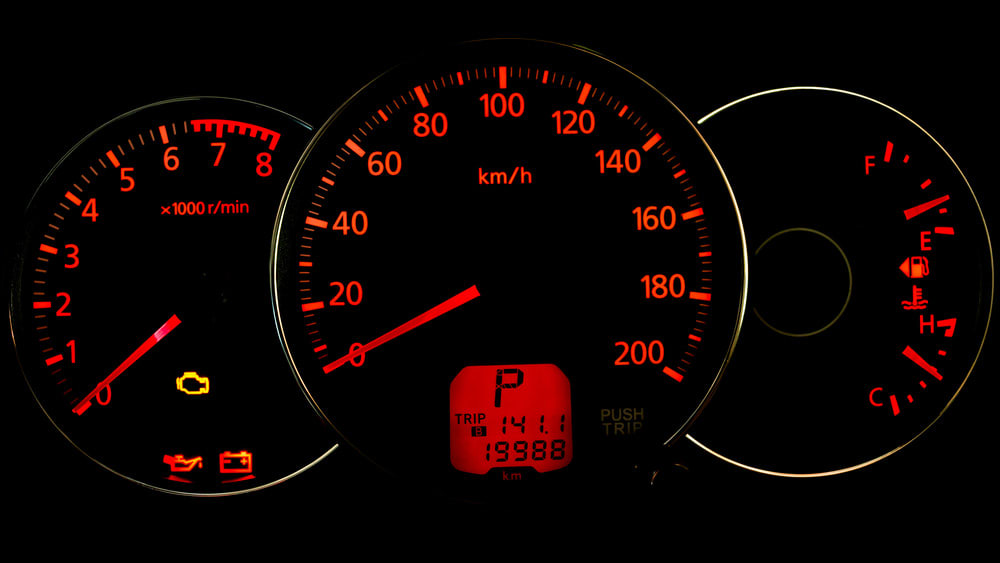

The modern automobile is almost fully computerized, and it provides drivers with access to a wide range of information. However, the problem is that your car can’t really talk to you (not yet, at any rate), and tell you what the issue is in plain English. The lights in your dash are designed to help warn you that there’s a problem, so you can have it repaired.
Five warning lights that you should never ignore
Check Engine Light. Yes, your Check Engine Light can come on for a wide range of reasons, some of them relatively minor. If you’ve ever forgotten to put your gas cap back on or didn’t tighten it all the way after filling up, you’re familiar with this. However, the light could mean any number of things, most of which are of critical importance to your car. Emissions problems, engine problems, transmission problems and fuel system problems will all make this light come on.
Tire Pressure Light. If you have a TPMS, or tire pressure monitoring system, then there’s a light on your dash that will warn you when one of your tires is low. While it might just be a case of a cold morning combined with slightly low tire pressure, it could be something much worse – like a nail in the tread.
Brake Light. The Brake light on your dash comes on when you first crank the engine, and then goes back off unless you have the parking brake set. When you release the parking brake, the light should go out. If it doesn’t, then there’s something wrong with the parking brake and it’s not releasing. If it comes on while you’re driving, it generally means that the brake fluid is low in the master cylinder.
Engine temperature/coolant temperature. Your car’s computer monitors the temperature of the engine coolant as a safeguard against overheating. If the Temperature light comes on, it means that you’re about to overheat. Chances are good that it’s low engine coolant, but it could be a failed thermostat, a leak in a hose (which also means low coolant) and other problems.
Oil pressure. This light looks like a little oil can, and it should flash on for a few seconds when you crank before turning back off again. However, if it stays on or comes on while you’re driving, it means that your engine doesn’t have enough oil pressure. This can indicate anything from low oil in the engine to a failed sending unit.
If you see any of these warning lights in your dash, pay heed.



